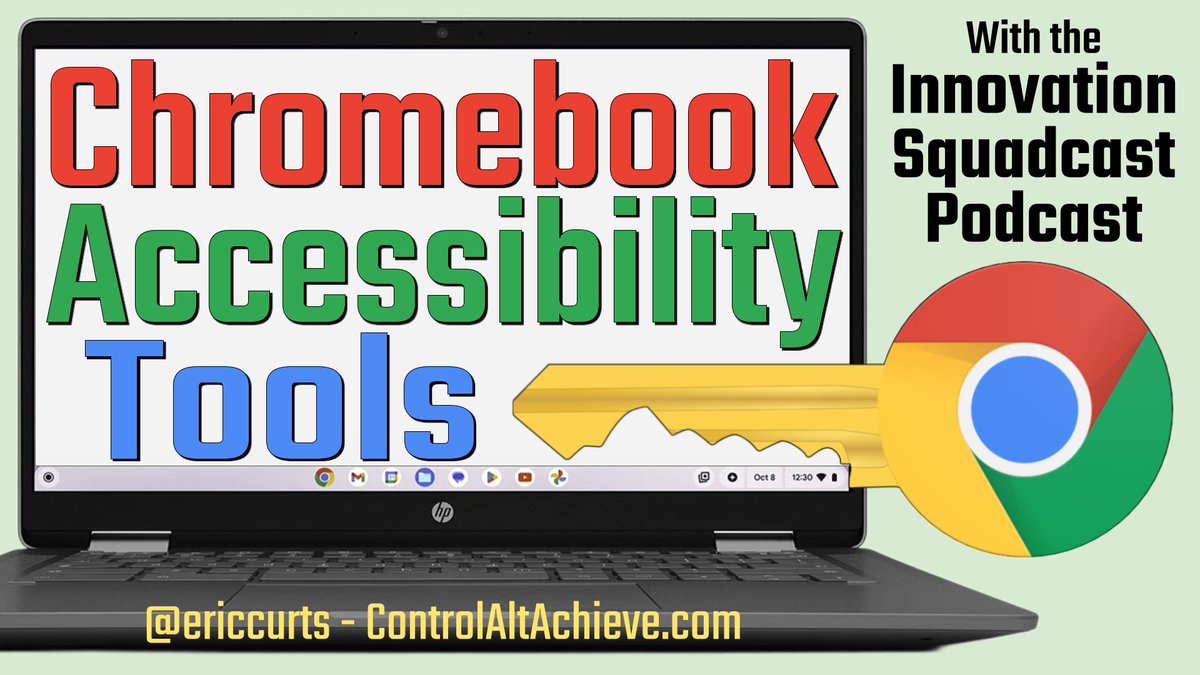
Zane Granger
@webaccessguy
Aspiring web accessibility influencer | UX designer | Used to Code
ID: 1945044170852458498
15-07-2025 08:54:20
120 Tweet
21 Takipçi
92 Takip Edilen

💻 Chromebook Accessibility Tools 🧰 Select to speak, dictation, magnifier, face control, quick answers, reading mode, Screencast, extensions & more! ▶️ 30-min episode with the Innovation Squadcast controlaltachieve.com/2025/08/chrome… #EdTech #GoogleEDU Google for Education Google Accessibility
















